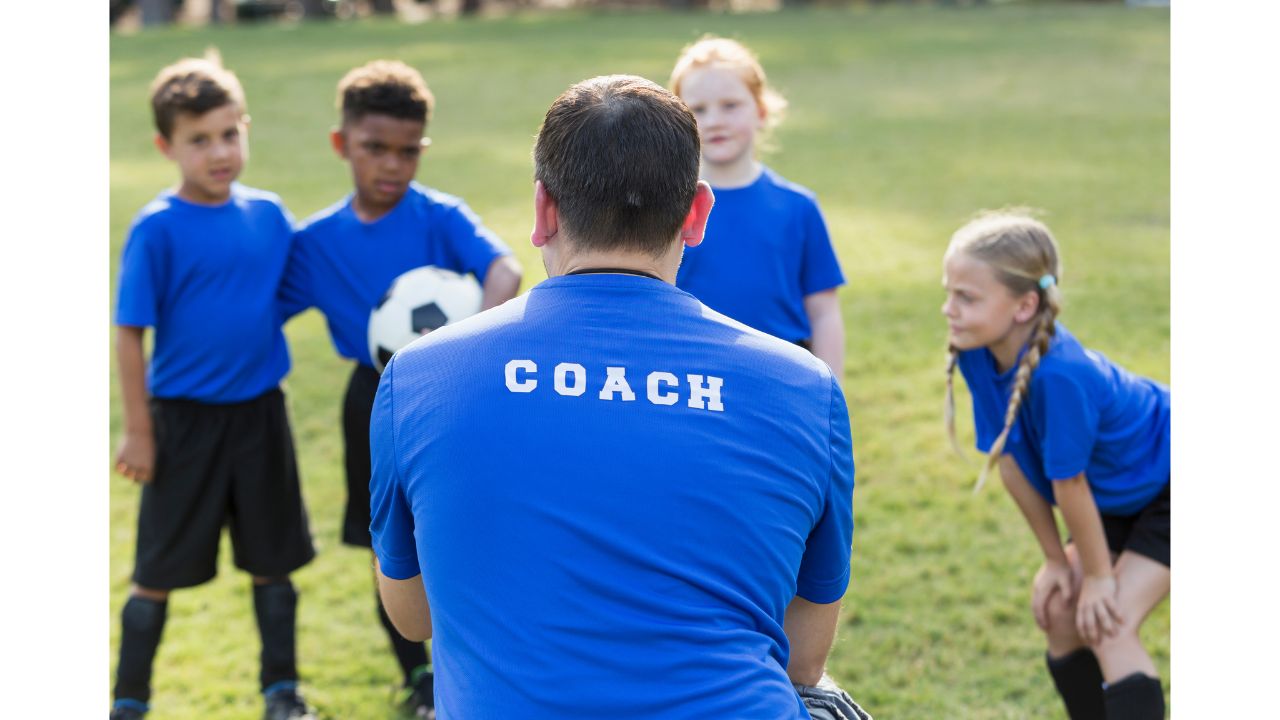Do you wish you could melt conflict into cooperation?
Do you find yourself at the end of a long day going through all the things that went wrong, sort of like Alexander and the Terrible, Horrible, No Good, Very Bad Day?
Or perhaps feeling exasperated at having to have the same conversation over and over again with your child or teen?
These thoughts and feelings are normal and part of our human need to “lick our wounds.” However, they often don’t make us feel very good. And, they sneakily act as fertilizer for the very behavior that we don’t want to perpetuate in our children: we are giving energy and attention to those negative behaviors.
So what do we do as parents?
How do we focus on the positive when our child is playing too roughly with a sibling or keeps leaving dirty dishes on the counter? Or playing a video game when we asked him to read?
Two magic powers help bring about that transformation: Focus and Connection. To use them with your children and other adults:
Focus on what you want to see grow.
“Don’t dwell on what went wrong. Instead, focus on what to do next. Spend your energies on moving forward toward finding the answer.” Denis Waitley
Connect, then redirect.
We self- regulate and then focus on the behavior we want to see. This takes some internal self-control and thought, which requires making the decision to do things differently. Yes, it requires energy, but the pay-off gives you the positive energy of acting with skill and integrity and avoids the drain of yelling, grabbing, or saying something unkind, so it’s worth it.
Here are some steps I share with my clients and practice with my own children:
1) Notice when your body is starting to react to a situation – anger in your chest, tension in your shoulders, tingling in your fingers, your mouth starting to open…
2) Take a deep breath and remember that you have a choice about how to handle this situation (If it’s not dangerous or an emergency, you can take a minute or more to think and breathe. You will help yourself to respond instead of react.)
3) Take a moment to regulate your own emotions by breathing and imagining what you want to see happening. If you have time, spend a minute or so really envisioning what you would like to see your child doing.
4) Get clear on what you need and what specific request you could make to satisfy that need. Maybe you need quiet, so you can ask your child to draw a picture or to go in another room. Maybe you need cooperation in bringing groceries, so you can ask your children to each come and carry in a bag or two. The more specific you can be, the more likely you are to get cooperation.
5) Then, imagine what your child might be experiencing from his/her/their point of view. What is your child doing, thinking, and feeling? This is very important! Again, if you have time, take a full minute or more to imagine being your child. If you don’t have time, spend 15 seconds.
Try to stay out of judgment and just observe and imagine.
6) Use the empathy you have gathered in step #5 to connect with your child. You might do this verbally or non-verbally. Verbally looks like making a non-judgmental observation: “Hey, it looks like you have a lot of energy in your body.” or “I see you are enjoying that game. What are you playing?” Non-verbally might look like a gesture of affection: a ruffling of hair, a hug, or just sitting down beside your child to show you want to connect.
7) Set a limit if necessary and/or make a specific request. Your child may react, and you can respond by focusing on what you want to grow in your child and staying calm and firm. You can offer connection even while you stand firm by acknowledging your child’s feelings and wishes out loud.
Here are some examples of what this might look like:
Young Child:
“Hey, it looks like you have a lot of energy in your body. Let’s give your brother a break and see if you can jump up and down for a minute instead. I’ll hold your hands if you’d like.”
If your child won’t stop being rough with her brother or says “No!” you can say, “You need to be friendly with your brother, so if you can’t do that, you need to take a break. You can either do something with me or go play somewhere else until you are ready to try again.”
Older Child:
“You look like you are having fun playing that game. We agreed earlier that you would do some reading, and I know it’s hard to stop playing. Do you need some help to stop or can you turn it off now? I’ll wait while you say goodbye to your friends. Do you want me to read with you or do you want to read on your own?”
Teen:
“Hi! You’ve been in your room for while. Have you been enjoying some quiet time or talking with friends? It’s time to come help set the table for dinner, and I’d love to see you.” If you get resistance, you can say something like, “I worked hard to make dinner so I’d like to have your cooperation so that we can all eat. Please come now.”
CONNECT, THEN REDIRECT
By acknowledging your child’s experience and seeking to connect before redirecting, you will show respect and empathy, which will in turn bring those qualities out in your child.
By imagining what you want to see your child doing, you get clear on how you want your child to grow.
Will you get it right every time? No! None of us do. But every time you do get it right – focusing on what you want to grow in your children and feeling in control of yourself – you will gain confidence and commitment to keep going.
Sometimes we also have to choose to let something go, and just focus on what most needs to happen. That shows flexibility.
Growth takes place over time, and as Will Durant said, “Excellence, then, is not an act but a habit.” We have to keep practicing, both as parents, and as children, in order to grow, so it’s best to focus our energies on where we want go.
Wondering how to apply these ideas to your family dynamic? Schedule a Clarity Call, and let’s get you started.
Who I serve: I coach parents from coast to coast in the US and internationally. Thanks to Zoom, I am currently coaching parents from Boston to Seattle, Connecticut to California, as well as New York, Ohio, and Colorado. I’ve worked with parents in Bermuda, Japan, Portugal, and Canada as well. I’m grateful for these global and domestic connections!






Leave A Comment